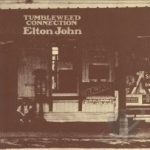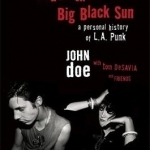
Under the Big Black Sun: A Personal History of L.A. Punk
John Doe and Tom DeSavia
Book
Under the Big Black Sun explores the nascent Los Angeles punk rock movement and its evolution to...
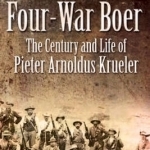
Four War Boer: The Century and Life of Pieter Arnoldus Krueler
Book
The amazing life of Pieter Krueler (1885-1986) provides a window into a full century of conflict...
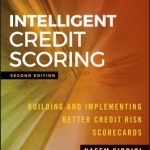
Intelligent Credit Scoring: Building and Implementing Better Credit Risk Scorecards
Book
A better development and implementation framework for credit risk scorecards Intelligent Credit...
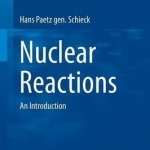
Nuclear Reactions: An Introduction
Book
Nuclei and nuclear reactions offer a unique setting for investigating three (and in some cases even...

Istanbul Marco Polo Guide
Book
Experience all of Istanbul's attractions with this up-to date and authoritative guide, complete with...

Venice Marco Polo Handbook
Book
For advice you can trust, look no further than Marco Polo. The Venice Marco Polo Handbook offers...

Accelerated GWT: Building Enterprise Google Web Toolkit Applications
Book
Ajax is a web development technique that takes advantage of JavaScript to display and interact...
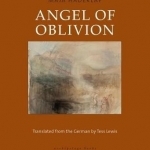
Angel of Oblivion
Book
Haderlap is an accomplished poet, and that lyricism leaves clear traces on this ravishing debut,...
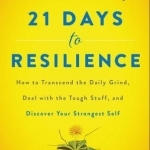
21 Days to Resilience: How to Transcend the Daily Grind, Deal with the Tough Stuff, and Discover Your Strongest Self
Book
Happiness is not about wishful thinking, good luck, or avoiding negative thoughts. In fact, the only...
